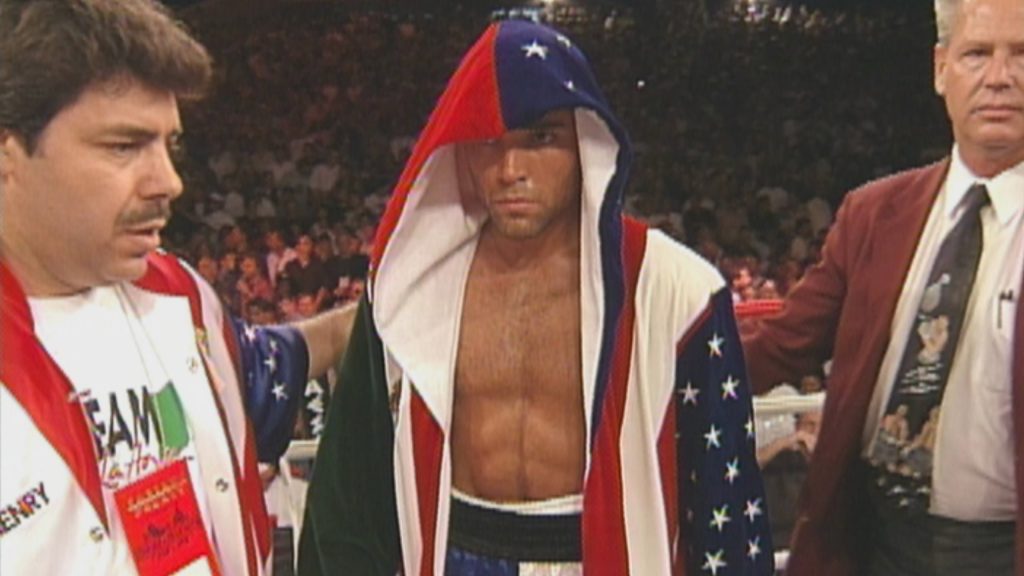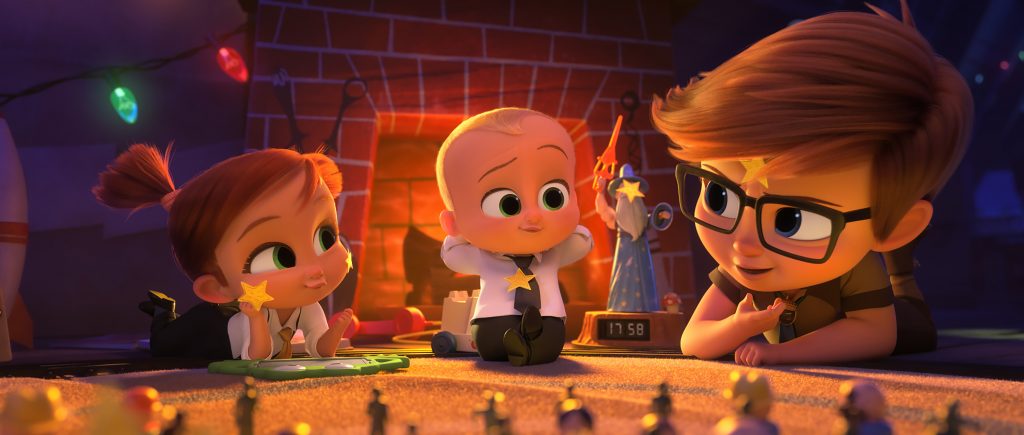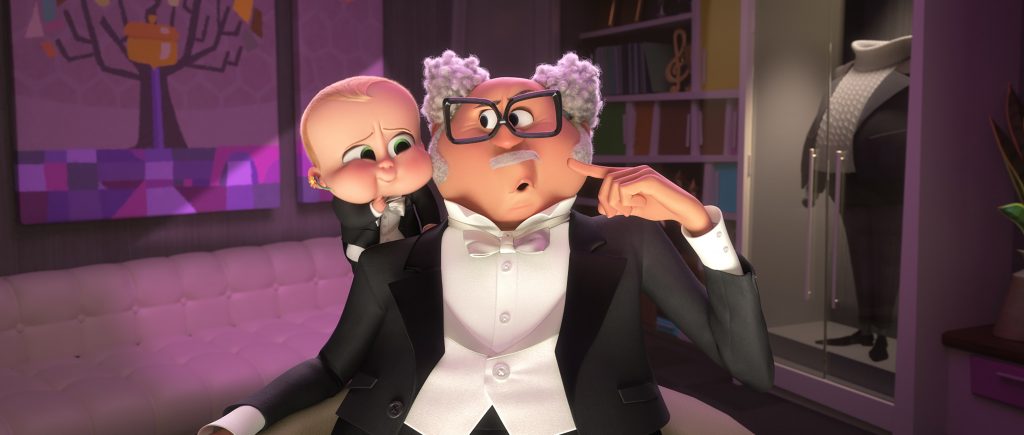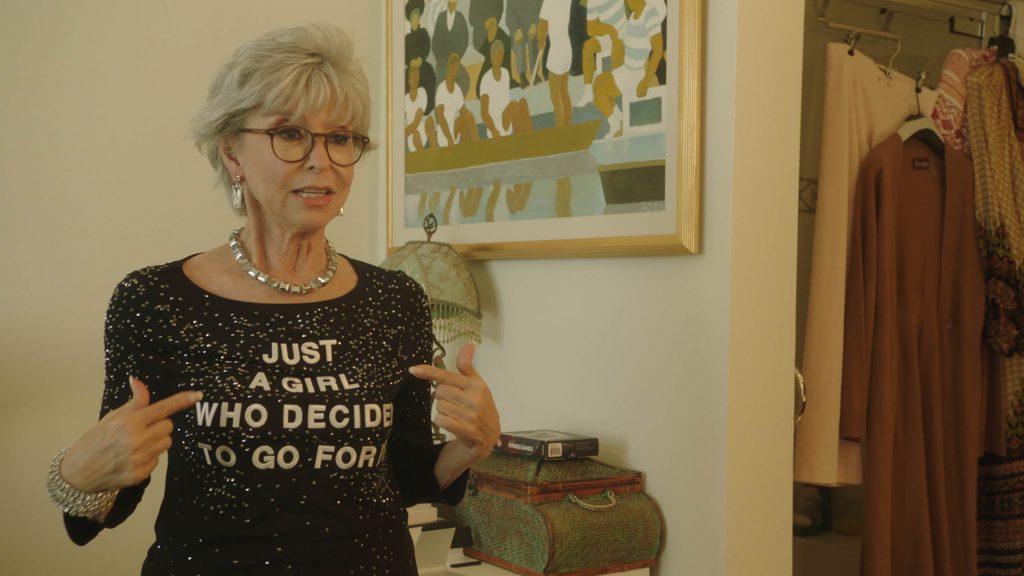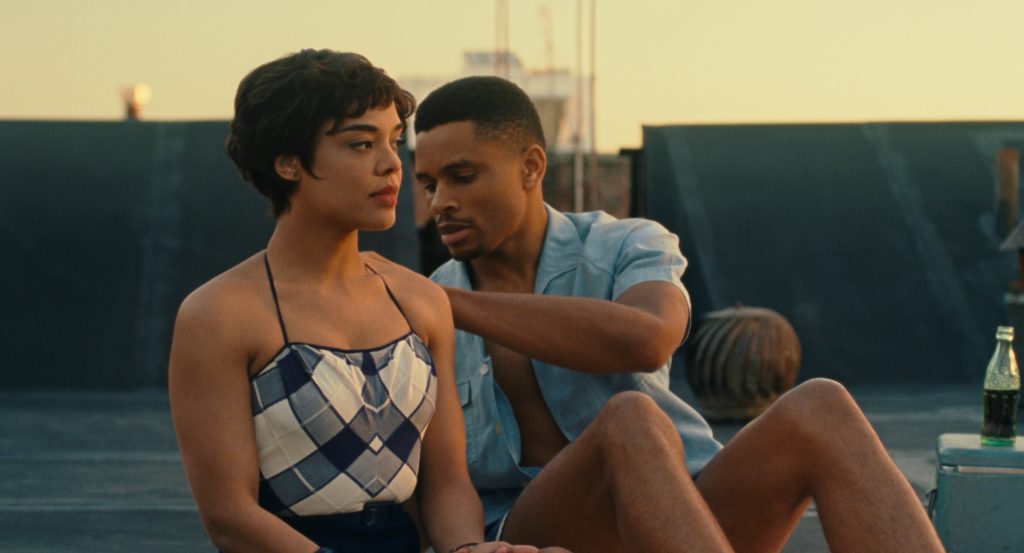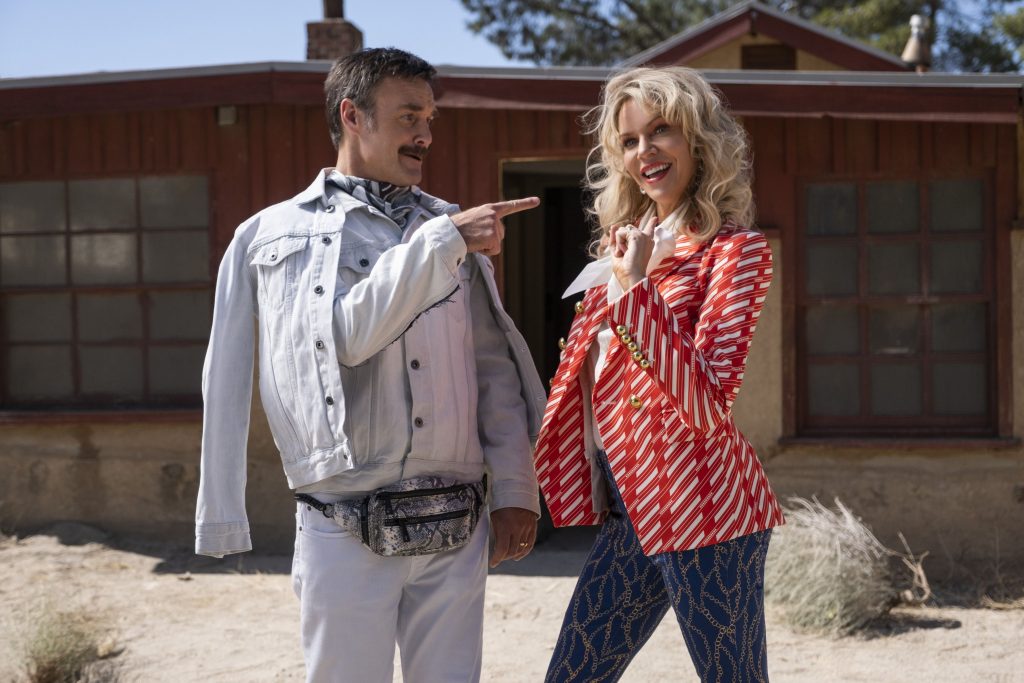March 1, 2024

The following is a press release from Hard Rock International:
To celebrate International Women’s Month, Hard Rock International announced a new “WE ARE” initiative honoring its ongoing commitment to championing women’s health and empowerment. Through its “WE ARE” campaign this March, Hard Rock will join forces with Eva Longoria to encourage women around the world to share their personal stories, help uplift women’s narratives on critical issues and spotlight nearly 1,000 performances by talented female musicians in special events at its Cafe, Hotel and Casino locations throughout the month. Hard Rock is also releasing a limited-edition t-shirt and exciting food and beverage menu items. Through its charitable arm, Hard Rock Heals Foundation®, the company is raising funds throughout the month to benefit two organizations working to support women and women’s health: Global Gift Foundation and Magee-Womens Research Institute.
“While International Women’s Day is March 8 and Women’s History Month is March, we’ve dubbed Hard Rock’s celebration ‘International Women’s Month’, aiming to empower women and raise awareness for women’s health globally throughout March,” said Elena Alvarez, Senior Vice President of Marketing and Partnerships at Seminole Gaming and Hard Rock International. “We’re excited to work with Eva Longoria – a strong women’s activist, artist and business owner. With her help, we’ll bring our ‘WE ARE’ initiative to life in innovative ways at Hard Rock properties around the world, providing guests with ways to celebrate women and raise funds for important women’s organizations.”

“I’m thrilled to partner with Hard Rock and help spotlight all the incredible work the “WE ARE” initiative is doing, particularly in supporting women’s health, rights and societal issues,” said Eva Longoria. “Whether it’s International Women’s Month or any day of the year, I believe that by helping women, we build strong families, which results in creating powerful communities.”
Eva Longoria Partnership
To honor the new partnership with Longoria, Hard Rock Cafe mixologists have created the Pink Lace Margarita, a limited-time, exclusive cocktail featuring Casa Del Sol, the luxury tequila brand she co-founded. Guests at any Hard Rock Cafe in the United States and select Mexico locations can enjoy this colorful twist on a classic throughout March and April. A portion of proceeds from the cocktail will be provided to Magee-Womens Research Institute and the Global Gift Foundation, which aims to create a positive impact for women, children and families in need. Seminole Hard Rock Hotel & Casino Hollywood guests can also sip Casa Del Sol at upcoming pool party events scheduled for later this year.
Hard Rock Cafes Events & Special Menu Offerings
Hard Rock Cafes will help amplify women’s voices and stories to new levels this month. Cafes has teamed up with Women Who Rock (WWR) to present a series of both free and ticketed concerts featuring hundreds of all-female-led performances around the world by favorite and up-and-coming artists such as Rhonda Smith, Orianthi and Cindy Blackman Santana who will be featured in a signature benefit concert at Hard Rock Cafe Las Vegas on March 7 for Magee-Womens Research Institute.
In addition to the exclusive Pink Lace Margarita, Hard Rock Cafes will offer a special limited-time menu through April including: Spring Pasta, Mahi Burger, Berry Salad, Coconut Almond Sundae and the gin-based Run the World cocktail. Hard Rock’s official International Women’s Month “WE ARE” t-shirt is also now available for purchase in select stores and online at Rock Shop.
Hard Rock Hotels Events & Guest Experiences
In the spirit of the “All is One” motto, Hard Rock Hotels will also focus on amplifying female talent throughout International Women’s Month, with hundreds of planned performances from bands to DJ sets and beyond at participating Hard Rock Hotel locations across the globe. For example, Hard Rock Hotel New York will host a series of female DJs at the RT60 Rooftop Bar & Lounge and feature a bespoke bar and dining menu created by Michelin Star chef Emily Drucker that will also benefit Hard Rock’s key charity partners. During March, Hard Rock Hotels around the world will specially showcase select memorabilia from Hard Rock’s vast collection highlighting iconic artists who have had a significant impact on women’s rights such as Aretha Franklin, Madonna, Janet Jackson and more.
In March and April, guests can infuse even more music through “Sound of Your Stay,” an exclusive Hard Rock Hotel amenity. Tracks will feature a special playlist of influential women artists across a variety of genres. The Wax program will offer guests the opportunity to borrow vinyl featuring iconic female artists to be enjoyed on their in-room record player. The Picks program will offer hotel guests the chance to check out a Gibson custom-wrapped International Women’s Month “WE ARE” guitar for in-room jam sessions. Rock Shops throughout hotels will also feature the limited-edition “WE ARE” t-shirt and other special merchandise.
For the full Hard Rock International Women’s Month performance schedule, visit www.hardrock.com/women. For information on Hard Rock International, visit www.hardrock.com.
About Hard Rock Heals Foundation®:
The Hard Rock Heals Foundation is a registered 501(c)(3) charitable organization and oversees all philanthropic outreach for Hard Rock International and Seminole Gaming. The foundation provides grants and assistance for health and wellness, disaster relief, humanitarian causes and more to benefit one common goal: making the world a better place by serving people and the planet. The foundation’s motto, Love.Amplifed., seeks to inspire us all to turn up the volume and deliver the message that lives can be improved by the healing power of music. Through the Hard Rock Heals Foundation, partnerships have been developed with iconic and emerging artists in support of charitable efforts around the world.
About Hard Rock®:
Hard Rock International (HRI) is one of the most globally recognized companies with venues in over 70 countries spanning 309 locations that include owned/licensed or managed Hotels, Casinos, Rock Shops®, Live Performance Venues and Cafes. HRI also launched a joint venture named Hard Rock Digital in 2020, an online sportsbook, retail sportsbook and internet gaming platform. Beginning with an Eric Clapton guitar, Hard Rock owns the world’s largest and most valuable collection of authentic music memorabilia at more than 88,000 pieces, which are displayed at its locations around the globe. Hard Rock Hotels has been honored by J.D. Power’s North America Hotel Guest Satisfaction Study as the number one brand in Outstanding Guest Satisfaction for two consecutive years, and among the top Upper Upscale Hotels for four consecutive years. HRI became the first privately-owned gaming company designated a U.S. Best Managed Company by Deloitte Private and The Wall Street Journal in 2021, and has since been honored threefold. Hard Rock was also honored by Forbes among the World’s Best Employers, as well as Best Employers for Women, Diversity and New Grads and a Top Large Employer in the Travel & Leisure, Gaming and Entertainment Industry. In the 2022 Global Gaming Awards, Hard Rock was named Land-Based Operator of the Year for the second time in four years. Hard Rock International currently holds investment grades from primary investment-grade rating agencies: S&P Global Ratings (BBB) and Fitch Ratings (BBB). For more information on Hard Rock International, visit www.hardrock.com or shop.hardrock.com.
About Global Gift Foundation
The Global Gift Foundation is a non-profit charitable organization whose goal is to create positive change in the development, well-being, health and social inclusion of those most vulnerable. The Foundation provides shelter, food, clothing, education, medical care and other vital necessities to vulnerable groups, particularly children and women in need. Created in 2013 by the actress, entrepreneur and international philanthropist María Bravo together with Eva Longoria and Alina Peralta. The foundation supports projects from different organizations around the world and has recently launched its own, Casa Ángeles, a day center for children with special needs or chronic illnesses and their families located in the city of Marbella.: https://www.globalgiftfoundation.org/
About Magee-Womens Research Institute (MWRI):
MWRI, a 501(c)(3), is based in Pittsburgh and the nation’s largest research institute dedicated solely to women’s health research and reproductive biology. MWRI’s current research includes 319 active studies spanning 292 different conditions with 162,000 clinical trial participants all over the world. MWRI’s areas of research cover breast and gynecologic cancers, reproductive biology, infectious diseases, the development of COVID-19 therapeutics and women-controlled HIV prevention, obstetric care for women with substance use disorder, postpartum depression, and more.
About Women Who Rock™:
Women Who Rock® is a trailblazing, female-founded brand dedicated to supporting women in music, empowerment, and advocating for women’s health. Through our dynamic range of initiatives, including pop-up events, global campaigns, and flagship benefit concerts featuring some of the brightest stars in music with a 100% female-fronted line-up, we strive to amplify the voices of women. We’re working to eliminate the women’s health gap by partnering with Magee-Womens Research Institute 501(c)(3) the world’s largest research institute dedicated to women’s health.
Our signature apparel and accessory line serves as a symbol of empowerment and solidarity, while supporting our mission. Join our movement to support women in music, promote women’s empowerment, and Rock the Future of Women’s Health®.






